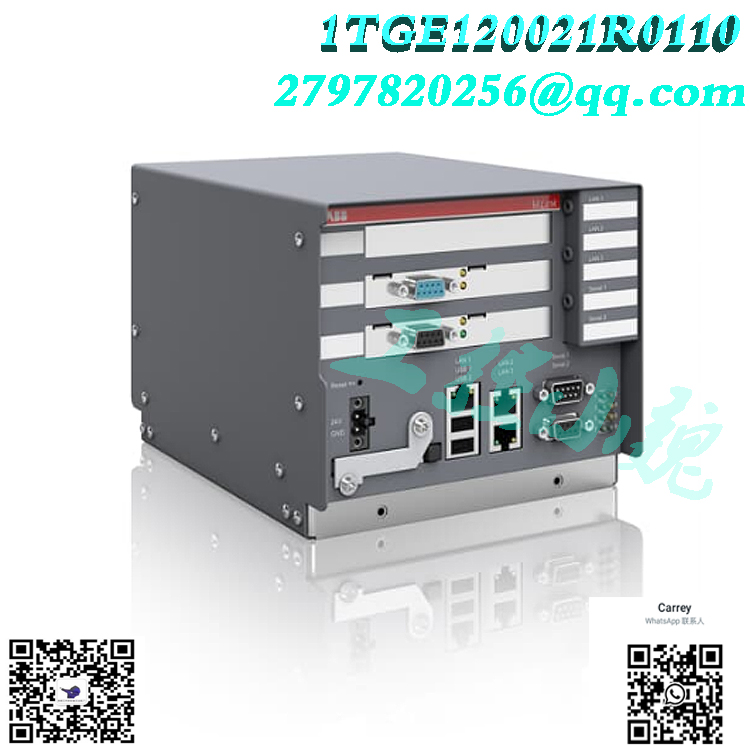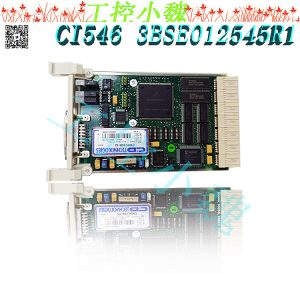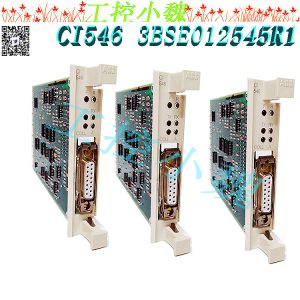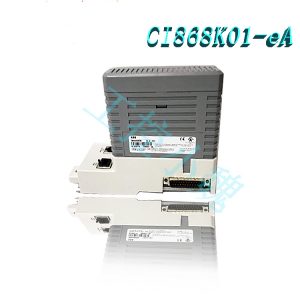Description
Many products have not been listed yet. For more products, please contact us
If the product model is inconsistent with the displayed image, the model shall prevail. Please contact us for specific product images, and we will arrange for photos to be taken and confirmed in the warehouse
We have 16 shared warehouses worldwide, so sometimes it may take several hours to accurately return to you. We apologize for any inconvenience caused. Of course, we will respond to your concerns as soon as possible.
1TGE120010R150Q Other names:
Bus unit 1TGE120010R150Q
1TGE120010R150Q Input/Output Module
Control unit 1TGE120010R150Q
1TGE120010R150Q operating unit
1TGE120010R150Q Central Processing Unit (CPU) is the core component of a computer system, responsible for executing all instructions and data processing tasks in the computer system. It receives data from input devices, executes program instructions stored in memory, and then sends the results to output devices. The performance of the CPU directly determines the computational speed and overall performance of a computer system.
The 1TGE120010R150Q CPU mainly consists of the following parts:
Arithmetic Logic Unit (ALU): responsible for performing arithmetic operations (such as addition, subtraction, multiplication, and division) and logical operations (such as AND, OR, and NOT).
Control Unit (CU): Coordinates various parts of a computer, reads instructions, and executes them. It is responsible for interpreting instructions and telling other parts of the computer what to do.
Register: Used to store the address of data and instructions being processed by the CPU. Registers are high-speed storage units within the CPU that can be accessed quickly.
Bus: The internal and external buses of the CPU allow data to be transmitted between the CPU, memory, and I/O devices..jpg)
Cache: Cache is located between the CPU and main memory, used to store data and instructions recently accessed by the CPU. Caching can significantly improve CPU performance as it reduces the time required to read data from main memory.
Clock: The clock of the CPU determines its operating speed, usually expressed in megahertz (MHz) or gigahertz (GHz) units. The higher the clock speed, the more instructions the CPU can execute per second.
Core: Modern CPUs typically contain multiple cores, each of which can independently execute instructions. Multi core CPUs can handle multiple tasks simultaneously, improving the overall performance of the system.
Hyperthreading: Some CPUs support hyper threading technology, which allows each physical core to process multiple threads simultaneously, further improving CPU utilization and performance.
Instruction set: The instruction set supported by the CPU determines what types of operations it can perform. For example, the x86 instruction set is a widely used instruction set in PCs.
Power consumption and heat dissipation: With the improvement of CPU performance, power consumption and heat dissipation issues are becoming increasingly prominent. Modern CPUs are typically equipped with efficient heat sinks and power management technology to ensure stable operation.
The following is a detailed explanation about the central processing unit:
Function:
Program control: The CPU controls the order of program execution by executing instructions, which is an important function of the CPU.
Operation control: The implementation of an instruction function requires the coordination of several operation signals. The CPU generates the operation signal for each instruction and sends it to the corresponding component, controlling the corresponding component to operate according to the functional requirements of the instruction.
Time control: The CPU controls the time of various operations, that is, the occurrence time, duration, and sequence of operation signals during instruction execution need to be strictly controlled.
Data processing: The CPU processes data through arithmetic and logical operations, and the results of data processing are utilized by people. So, data processing is also the most fundamental task of the CPU.
Interrupt handling: The CPU also needs to respond to internal and external interrupts (exceptions) in the system and handle them accordingly.
Structure:
The CPU mainly includes arithmetic logic unit (ALU) and cache, as well as the data, control, and state buses that implement their connections..jpg)
Logically, the CPU can be divided into three modules: control unit, computing unit, and storage unit, which are connected by the internal bus of the CPU.
Instruction set:
All software layer operations in the computing system will ultimately be mapped to CPU operations through instruction sets.
CPU manufacturers will combine different architectures and ecosystems to launch CPU architectures for different markets.
All products on this website are special products, and market prices have been fluctuating,
The specific customer service quotation shall prevail, as the product is a new product and the price is not genuine,
Please confirm the model, product, price, and other detailed information with customer service before placing an order. The website has been used,
The new one is for sale, please contact customer service to communicate.
Warehouse discount product recommendation:
1TNE968900R0110
1TNE968900R01101
1TGEO22011P0022
1TGE120010R150Q
1TGE120021R001Q
1TGE120021R0010
1TGB120020P0040
1TGB120020P0016
1TGB120020P0015
1TGB120020P0014
1TGB120020P0013
1TGB120020P0012
1TGB120020P0011
1TGB120020P0005
1TGB120020P0003
More……





-300x300.jpg)
Reviews
There are no reviews yet.